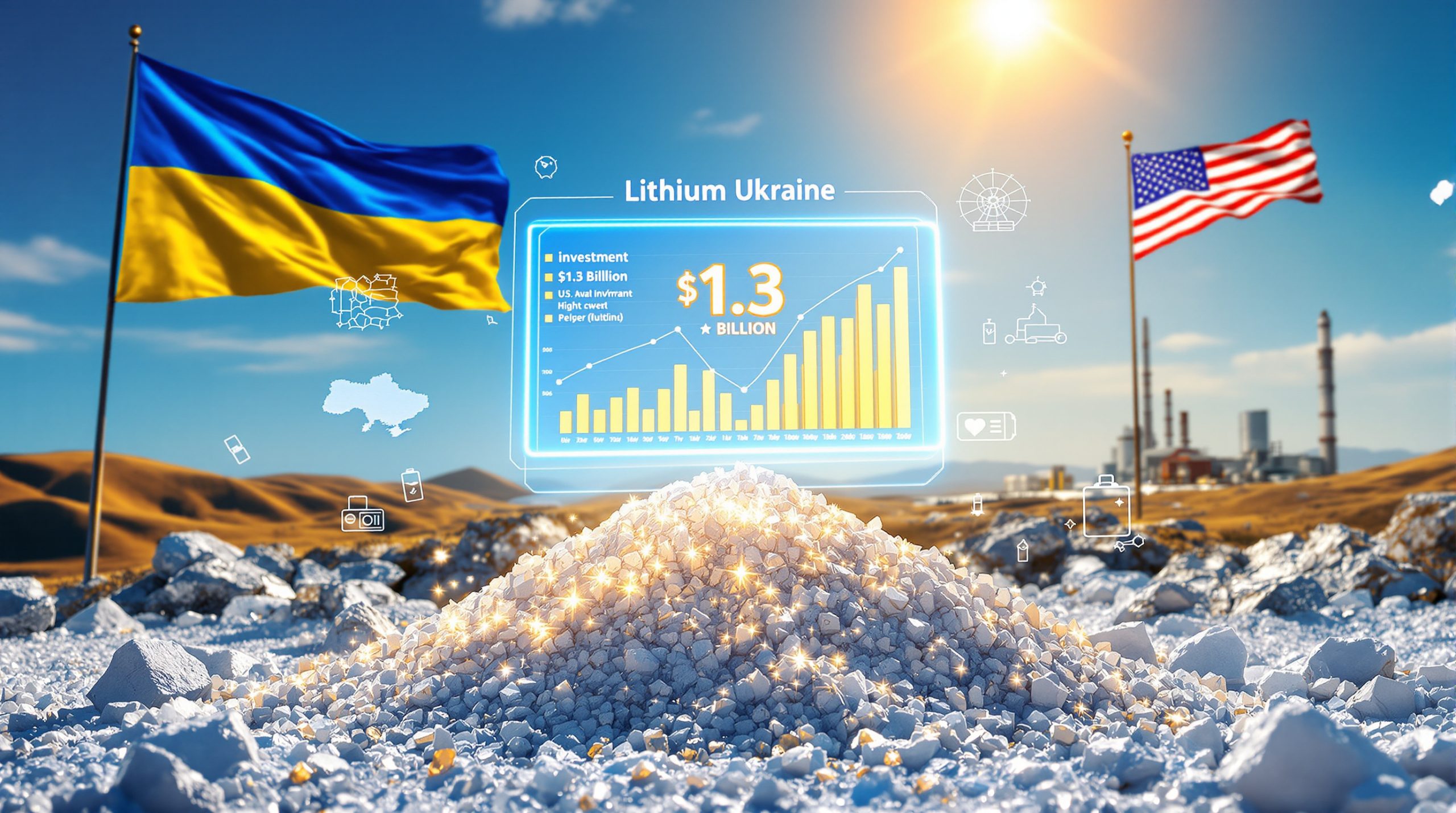How Do Nations Use Gold as a Strategic Asset?
Gold reserves represent more than just financial assets for nations worldwide—they function as critical instruments of economic sovereignty, crisis management, and geopolitical positioning. Unlike everyday currency, strategic reserves of gold serve as the ultimate insurance policy against economic instability and international conflict.
The Fundamental Purpose of National Gold Holdings
Strategic gold reserves function as:
- Economic safeguards during periods of currency volatility
- Sovereignty symbols demonstrating national financial independence
- Crisis management tools providing liquidity when traditional markets fail
- Geopolitical leverage in international negotiations and conflicts
Countries maintain these reserves not primarily for everyday transactions but as foundational pillars of economic security that can be mobilized during extraordinary circumstances.
Why Do Nations Maintain Gold Reserves Despite Modern Financial Systems?
In today's digital economy, the persistence of physical gold reserves might seem puzzling. However, these holdings serve unique purposes that digital assets cannot replicate.
Gold as the Ultimate Crisis Currency
Gold reserves function as:
- War-time currency when traditional payment systems collapse
- Sanction-resistant assets that operate outside the global banking system
- Physical wealth that exists independently of digital infrastructure
- Universal value recognized across geopolitical divides
During severe conflicts, gold becomes the most reliable medium of exchange precisely because it doesn't depend on functioning financial networks or international cooperation. Unlike digital currencies or foreign reserves, gold maintains value even when banking systems collapse or international sanctions are imposed.
Historical Precedents of Gold's War-Time Utility
The strategic importance of gold during conflicts has been demonstrated repeatedly:
- During WWII, the U.S. transported gold reserves from the Philippines via battleship while silver reserves (considered too bulky for their value) were abandoned in Manila Bay
- Nations under sanctions frequently use gold to circumvent financial restrictions
- Countries anticipating conflict systematically increase gold reserves as a preparatory measure
- Gold has historically facilitated arms purchases when traditional banking channels were unavailable
These historical examples illustrate why nations continue to view gold as essential to national security rather than merely a financial asset.
Who Holds the World's Largest Gold Reserves?
The distribution of global gold production reveals significant insights about geopolitical positioning and economic strategies.
Major Gold Reserve Holdings by Nation
| Country | Gold Reserves (tonnes) | % of Foreign Reserves | Global Ranking |
|---|---|---|---|
| United States | 8,133.5 | 66.9% | 1 |
| Germany | 3,354.0 | 67.4% | 2 |
| Italy | 2,452.0 | 69.3% | 3 |
| France | 2,436.0 | 65.6% | 4 |
| Russia | ~2,333.0 | 23.9% | 5 |
| China | ~2,235.0 | 3.8% | 6 |
| Switzerland | 1,040.0 | 5.4% | 7 |
| Japan | 846.0 | 3.5% | 8 |
| India | 787.0 | 7.9% | 9 |
| Netherlands | 612.5 | 57.6% | 10 |
Note: Figures represent the most recent available data from the World Gold Council; actual holdings may vary as nations continuously adjust their reserves.
Emerging Trends in National Gold Acquisition
Recent years have shown distinct patterns in gold acquisition:
- Accelerated purchasing by China, with substantial increases since 2022
- Strategic accumulation by Russia to reduce dependency on the U.S. dollar
- New entrants like Turkey and India significantly expanding their holdings
- Diversification strategies by emerging economies reducing dollar exposure
These trends reflect growing concerns about currency stability and geopolitical tensions, with nations increasingly viewing gold as essential to economic sovereignty.
How Are Global Tensions Reshaping Gold Markets?
The shifting geopolitical landscape has fundamentally altered how nations approach gold reserves, transforming what was once primarily a financial consideration into a strategic imperative.
The Geopolitical Drivers of Gold Acquisition
Recent global developments accelerating gold acquisition include:
- Supply chain fragmentation reducing trust in international trade systems
- Increased militarization and defense spending across major powers
- Economic decoupling between competing geopolitical blocs
- Resource nationalism limiting access to critical materials
- Currency weaponization through sanctions and trade restrictions
These factors have transformed gold from a passive store of value into an active component of national security strategy.
Central Bank Buying vs. Retail Investment
The gold market analysis now operates on two distinct tracks:
- Institutional/governmental acquisition focused on strategic positioning
- Retail investment responding to price movements and inflation concerns
While retail investors typically focus on gold as inflation protection, central banks increasingly view it through a national security lens, creating different market dynamics than in previous decades. According to the World Gold Council, central banks added 1,037 tonnes of gold to their reserves in 2022—the highest level of net purchases since 1967.
What Does Silver's Price Movement Reveal About Market Psychology?
While gold primarily serves governmental strategic interests, silver's market behavior offers insights into retail investor sentiment and broader economic concerns.
Silver as the Retail Precious Metal
Silver differs from gold in several key respects:
- Higher industrial usage (over 50% of silver goes to manufacturing)
- Greater price volatility due to smaller market size
- More accessible price point for average investors
- Dual role as both precious and industrial metal
These characteristics make silver more responsive to retail investment flows and economic activity indicators than gold.
Recent Silver Price Dynamics
The recent surge in silver prices reveals:
- Spillover effects from gold driving highs
- Retail investor participation seeking affordable precious metal exposure
- Industrial demand concerns related to technology manufacturing
- Supply constraints from reduced mining output
Silver's price movements often follow gold's but with amplified volatility, making it an important indicator of broader market sentiment toward precious metals. While governments focus their strategic reserves of gold due to its density and value-to-weight ratio, retail investors often prefer silver's accessibility and potential for percentage gains.
How Are Strategic Reserves Expanding Beyond Gold?
Nations are increasingly recognizing that gold alone cannot address all strategic resource needs, leading to diversification into other critical materials.
Critical Materials in National Security Planning
Modern strategic reserves now include:
- Rare earth elements essential for defense and technology manufacturing
- Energy metals like lithium, cobalt, and nickel for battery production
- Industrial metals such as copper and aluminum for infrastructure
- Petroleum reserves for energy security
This expansion reflects the growing understanding that economic security depends on access to a wide range of critical materials beyond traditional precious metals.
The Strategic Metals Acquisition Race
Nations are competing to secure:
- Mining rights in resource-rich regions
- Processing capacity for critical minerals
- Stockpiles of finished materials
- Supply chain control from mine to manufacturing
This competition represents a fundamental shift from the post-Cold War era of globalized resource markets toward a more strategically oriented approach to critical materials.
What Are the Investment Implications of Strategic Gold Reserves?
The strategic repositioning around gold has significant implications for investors seeking to navigate an increasingly complex geopolitical landscape.
Portfolio Positioning in a Fragmented World
Investors should consider:
- Precious metals allocation as geopolitical insurance
- Mining company exposure across various strategic resources
- Geographic diversification to mitigate regional disruptions
- Supply chain resilience in company evaluation
The strategic competition for resources creates both risks and opportunities for investors who understand the underlying geopolitical dynamics.
Beyond Traditional Gold Investment
Modern strategic resource investing extends to:
- Critical mineral ETFs targeting specific resource categories
- Vertically integrated producers controlling multiple supply chain stages
- Resource recycling technologies reducing dependency on new extraction
- Alternative asset classes that perform well during resource competition
These approaches recognize that strategic resource competition extends far beyond traditional gold and silver markets.
How Will AI and Technology Impact Strategic Resource Demands?
While geopolitical tensions drive immediate resource competition, technological advancement represents another powerful force reshaping strategic resource markets.
The Technological Resource Revolution
Emerging technologies will transform resource demands through:
- Artificial intelligence requiring massive computing infrastructure
- Energy transition technologies demanding specific mineral inputs
- Advanced manufacturing requiring specialized materials
- Infrastructure modernization consuming traditional industrial metals
These developments create dual pressure on strategic resources: geopolitical competition and technological advancement simultaneously increasing demand.
The Commodity Supercycle Hypothesis
The convergence of these factors suggests:
- Sustained demand growth across multiple resource categories
- Supply constraints from both natural limitations and geopolitical restrictions
- Price volatility as markets adjust to new realities
- Strategic premium for secure, reliable resource access
This potential supercycle differs from previous ones by being driven by both technological transformation and geopolitical fragmentation rather than simply economic growth. The expanding needs of AI infrastructure alone will significantly increase demand for copper, aluminum, and various rare earth elements.
FAQs About Strategic Gold Reserves
Why don't countries return to a gold standard if gold is so valuable?
While gold serves as a strategic reserve, returning to a gold standard would severely limit monetary policy flexibility. Modern economies require the ability to expand and contract money supply in response to economic conditions—something a rigid gold standard would prevent. Additionally, there simply isn't enough gold to support the scale of global economic activity at current valuations.
How do countries physically secure their gold reserves?
National gold reserves are typically stored in specially designed vaults with multiple security layers, including:
- Reinforced concrete structures
- Advanced surveillance systems
- Armed guards
- Biometric access controls
- Geographic distribution across multiple locations
The Bank of England, Federal Reserve Bank of New York, and Fort Knox are among the most famous gold depositories, though many nations maintain their own secure facilities.
Can countries easily sell their gold reserves if needed?
While gold is highly liquid compared to other assets of similar value, large-scale gold sales by central banks require careful execution to avoid disrupting markets. Nations typically:
- Announce sales in advance through frameworks like the Central Bank Gold Agreement
- Spread transactions over extended periods
- Coordinate with other central banks to minimize market impact
- Utilize off-market transactions for large transfers
How do nations verify the quality and quantity of their gold holdings?
Countries employ rigorous auditing procedures including:
- Regular physical inventories by independent auditors
- Assay testing of random samples
- Weight verification
- Serial number tracking of bars
- Custody chain documentation
Some nations have repatriated gold from foreign storage facilities in recent years to ensure direct control and verification of their reserves.
What percentage of all mined gold is held in national reserves?
Approximately 20% of all gold ever mined (estimated at 205,000 tonnes) is held in official reserves by central banks and international organizations like the IMF. The remainder is primarily held in private investment (jewelry, bars, and coins) or used in industrial applications.
Conclusion: Gold's Enduring Strategic Relevance
The renewed focus on strategic reserves of gold reflects a fundamental shift in how nations view economic security in an increasingly fragmented world. Far from being an outdated relic, gold has reemerged as a critical component of national security planning alongside other strategic resources.
As geopolitical tensions increase and supply chains fragment, the distinction between economic and security policies continues to blur. Gold's unique properties—physical durability, universal recognition, and independence from digital systems—ensure its continued relevance even as technological advancement transforms other aspects of the global economy.
For investors and policymakers alike, understanding gold's role as "the currency of war" provides essential context for navigating an increasingly complex and competitive international landscape. The nations that secure access to strategic resources, including traditional precious metals and emerging critical materials, will maintain significant advantages in both economic development and geopolitical positioning.
Further Exploration:
Readers interested in learning more about gold safe haven insights can explore related educational content on the World Gold Council website, which offers comprehensive data and analysis on central bank holdings and gold price forecast.
Want to Profit from the Next Major Mineral Discovery?
Discovery Alert's proprietary Discovery IQ model provides real-time alerts on significant ASX mineral discoveries, giving investors a crucial edge in identifying high-potential opportunities before the broader market. Visit the Discovery Alert discoveries page to see how historic mineral discoveries have generated substantial returns for early investors.




